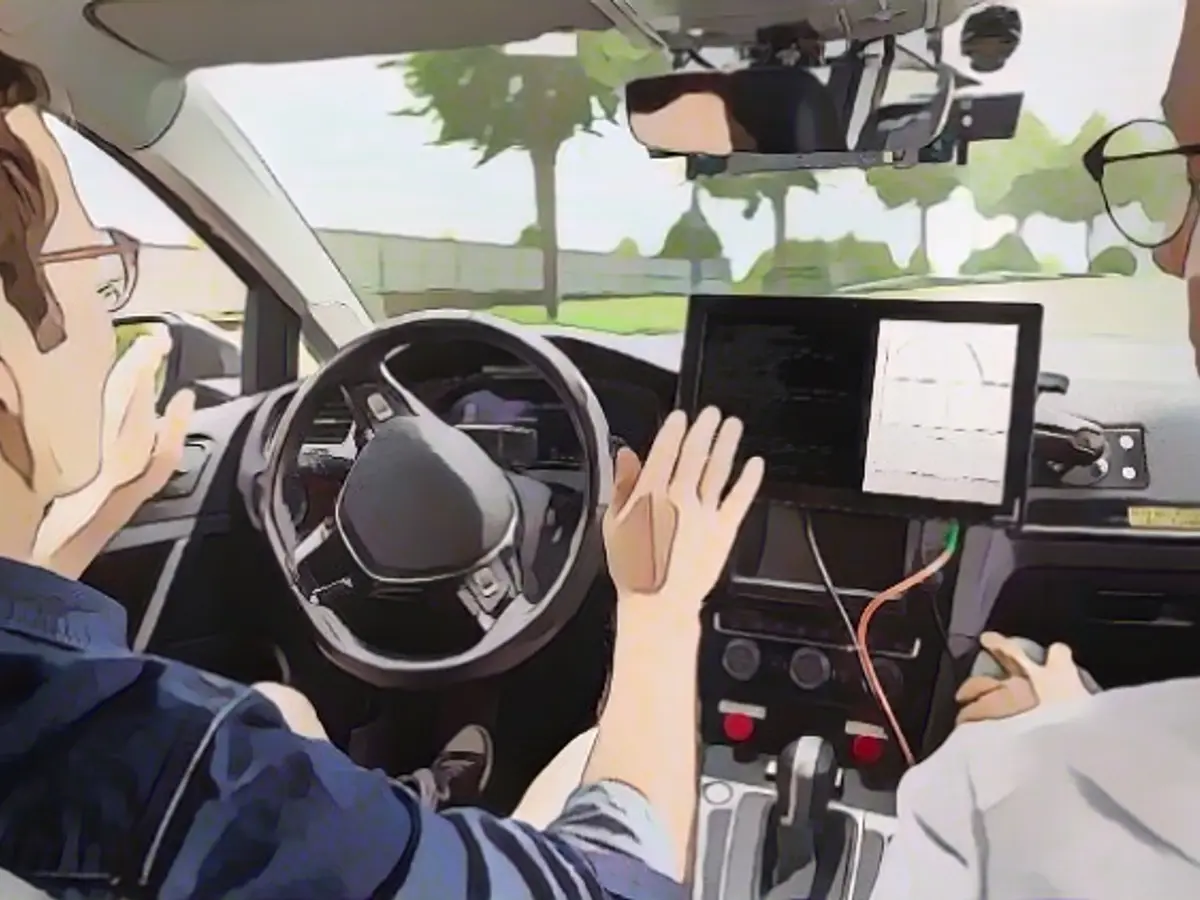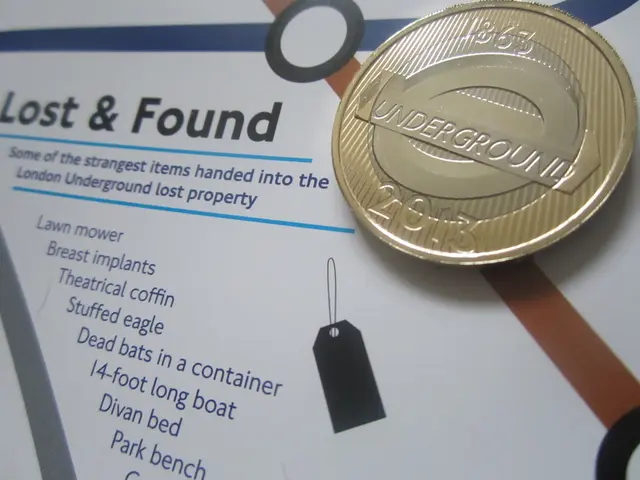Autonomous driving: A rollercoaster ride of expectations and reality
Autonomous driving has been a much-hyped trend in the automotive industry, with promises of fully autonomous vehicles cruising our streets as early as the mid-2020s. However, as we approach the present, it appears that the road to self-driving cars might be a bumpy one. Let's explore the five stages of autonomous driving, their current status, and why expectations may need a reality check.
The international engineering organization SAE established the foundation for this technology development, proposing a five-tier classification for autonomous car capabilities. Despite some modifications to the original model, the SAE hierarchy is still widely recognized, even if some levels are proving to be more challenging than initially thought.
Level 0: Driver's Seat is King
Assistance at its finest, drivers safe, yet in control - Level 0 autonomous driving systems provide support in various capacities, from warning of vehicles in blind spots to maintaining safe distances to the car in front. These systems are already commonplace in new vehicles right down to lower segments.
Level 1: Co-Pilots Welcome
In Level 1, assistive technology takes over singular driving tasks while the human driver remains involved in the overall operation of the vehicle. This stage is the most common across many car manufacturers, with examples of advanced driver-assistance systems (ADAS) becoming increasingly popular.
Level 2: Steering Aid
Reaching for autonomy, Level 2 includes systems capable of executing specific driving tasks such as lane keeping and automatic braking and acceleration. The driver remains responsible for monitoring the vehicle but can let go of the steering wheel for short periods of time. This is the stage at which most car manufacturers are currently operating, varying in capabilities and nomenclature like 'Level 2 Plus' or 'Level 2 Hands-Free.'
Level 3: Semi-Automated Shift
As autonomy evolves, technological advancements suddenly require more oversight. At Level 3, self-driving cars can take full control for extended stretches of highway but require driver intervention upon request, making people wonder if true autonomy will ever be within reach.
Level 4: Autonomous Valet Parking
Driving becomes a thing of the past at Level 4, where vehicles can operate independently in specific applications, from highway travel to navigating urban environments. Many mobility providers already offer this level of autonomy for their robotaxis and robo-shuttles, as evident in several localized areas.
Level 5: Cancel the Keys
Full autonomy is the ultimate goal for luxury vehicles and mobility service providers, allowing passengers to kick back and relax while the vehicle handles all tasks, under all conditions, and in any weather. While we might not see Level 5 on the market soon, disruptive models and developments are moving us closer to this goal.
Trudging Along the Road to Autonomy
Interestingly, the widely-adopted SAE classification system is under scrutiny, mainly due to criticism from the German Federal Highway Research Institute (BASt). The BASt proposes a simpler three-mode model centered around "autonomous mode," which refers to scenarios where the computer is the primary driver, similar to SAE levels 4 and 5.
In this new model, the term "conditional automation" replaces SAE's Level 2 and Level 3, while "high automation" corresponds to SAE level 4. The BASt suggests that the previous terminology should remain restricted to specialist circles, and the revised system will optimize communication between users and experts in the field of autonomous driving.
As the push towards Level 4 and Level 5 autonomous vehicles continues, researchers, automakers, and regulatory bodies face the challenges of creating safe and efficient communication protocols for vehicles and robotics. These challenges apply to all segments of road travel, from urban settings to highway driving in various weather conditions.
In conclusion, while the journey towards level 5 self-driving cars appears to be a rollercoaster ride filled with anticipations and uncertainty, the steady advancements in technology and progress in automotive innovation will likely bring us closer to a fully autonomous future.







